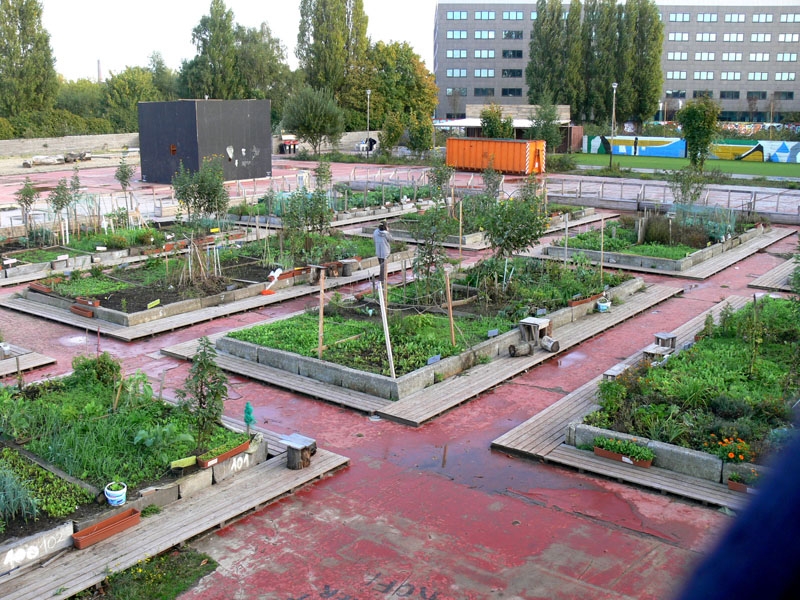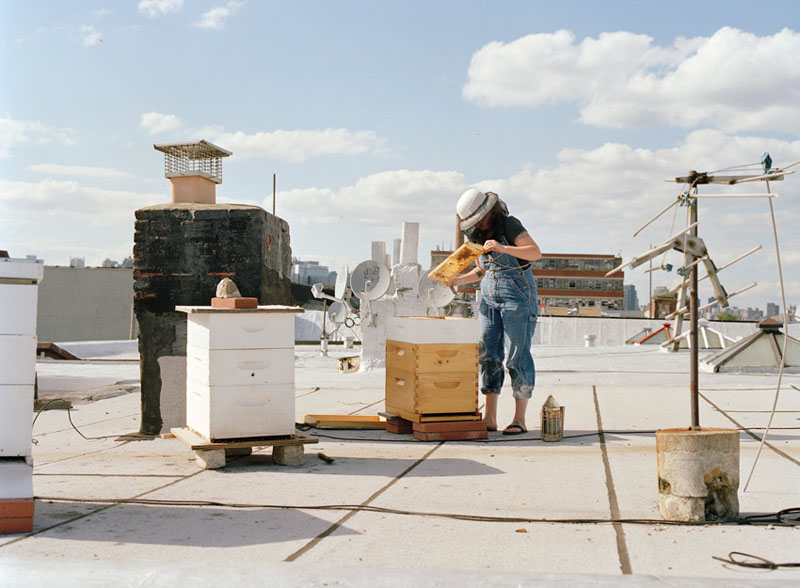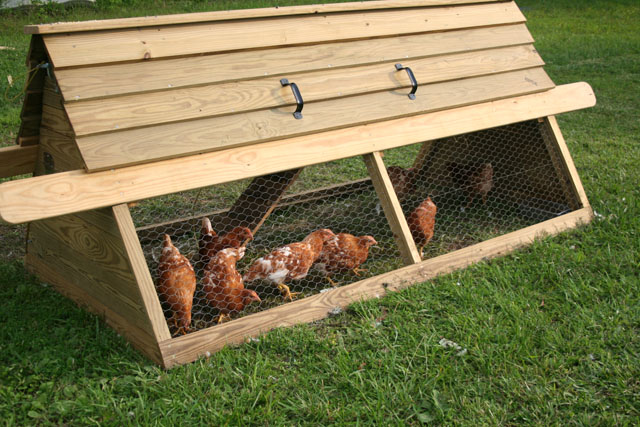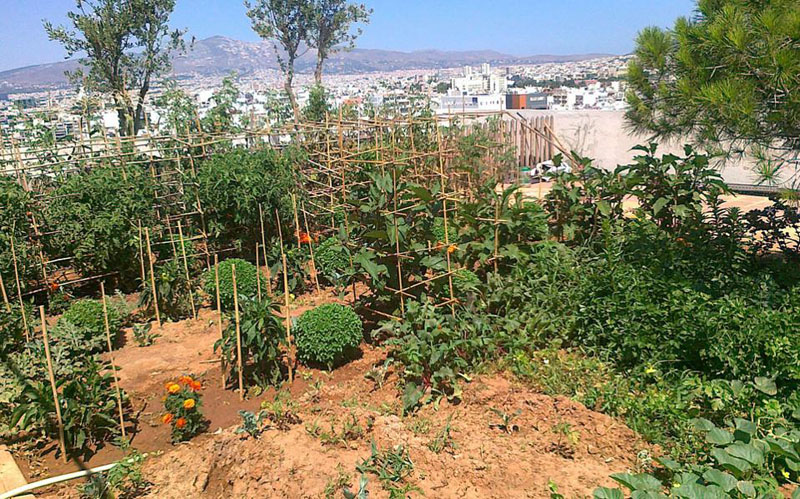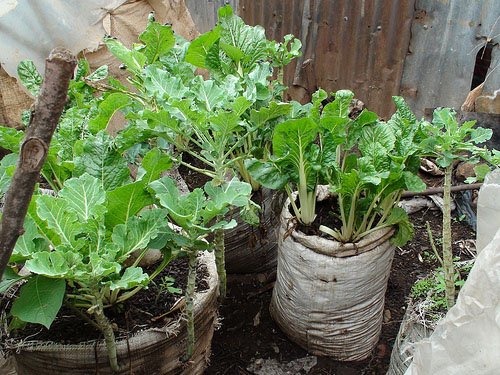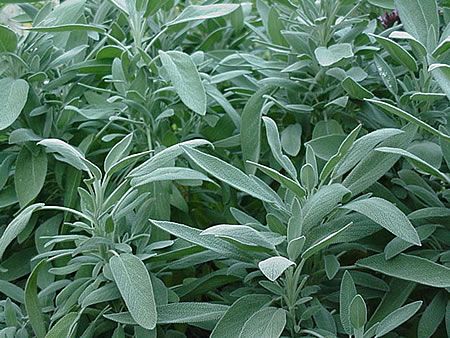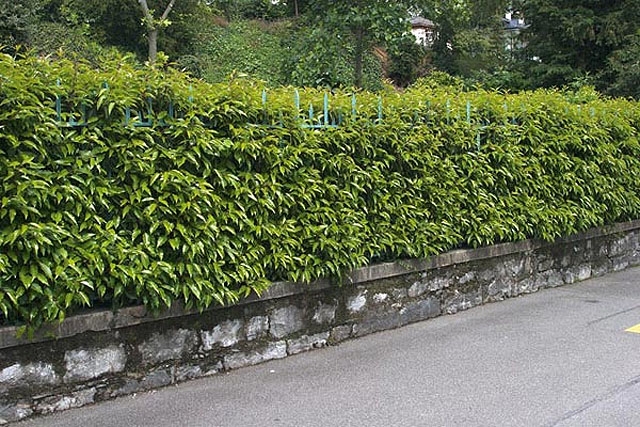By urban farming on balconies we refer to the cultivation of vegetables, fruits, herbs, but we also extend it to urban livestock farming or urban beekeeping.
Cities, especially Greek cities, although they may seem like an inhospitable environment for growing crops, livestock or beekeeping, in reality this is not the case.
There are places in the city where one can very well farm, have its own chicken coop or even beehives.
Dear reader, although we like to point to large and organized efforts and green roofs, as examples of urban farming, in reality urban farming does not necessarily mean large acreage and lots of plants with expensive facilities. Urban farming can also be a few pots of vegetables and herbs in a balcony or rofftop.
The population living in cities, especially in the current economic crisis, is looking for outlets for their daily problems. Many urbanites are looking for creative solutions, making use of the environment they have. They use their balconies, terraces, courtyards and open spaces to grow edible plants. Thus a new type of agriculture has emerged: urban farming.
This new type of agriculture – if one can call it agriculture – highlights social roles, economic functions, constraints and symbiotic situations. It becomes an interesting social experiment.
Urban farming “came” to remind us that we have the possibility of producing high quality products even in the not so “clean” urban environment. Agricultural activity in cities faces challenges such as the use of fertilizers, rational use of water and production in an environment that is “polluted” atmospherically.
Urban agriculture is the growing, processing and distribution of food in a big or small town and includes livestock, aquaculture and beekeeping. Urban agriculture can be practiced in parks, private gardens and on rooftops. The rooftop is emerging as the most economical place to create simple “fields” in the city! Of course, there are more expensive solutions such as building greenhouses on rooftops which means high costs but good production!
Although it sounds somewhat paradoxical, the urban environment is a relatively good growing condition and this is because chemical-laden soil is more difficult for plants than chemical-laden air. In any case, with a little care, balconies and terraces can produce good quality vegetables, certainly better than the average industrially made vegetables, found on the market.
Suitable areas for urban farming
Choose sunny areas for vegetable and fruit gardens and leave the shadier ones for ornamental plants.
Make sure your choice of deciduous plants is balanced with evergreens so that there is a change with the seasons, but your garden is not completely “emptied” in winter.
For example, combine deciduous trees, such as pomegranate, almond, pear, vanilla and apricot, which have strong flowers in spring, with some evergreen fruit trees, such as loquats trees and citrus (if the area allows), so that you have some green color in winter.
You can combine some ornamental plants which may not be utilitarian but need less work and their fragrance or color can be very important to the final effect of your garden. Make sure that tall plants are always in the back and low plants in the front so that they don’t “block” your space visually and kinetically.
Urban farming on the balcony or rooftop
The minimum you need to do urban farming on the balcony or rooftop is a few gardening pots and relatively large pots (the size of an oil barrel or larger).
We lay gravel in the bottom of them for better drainage and fill them with soil, obviously commercially available soil. In this, we can mix forest leaves, compost, manure and perlite.
Generally because potted plants have less water holding capacity than those grown in soil, most vegetables rarely last more than 3-4 days in the summer without water. So before we start growing them, we first make sure that someone will be on hand to water them throughout the summer, otherwise we install automatic irrigation system.
Provided that our balcony or rooftop has at least 3 hours of sunshine a day, we can grow almost all the vegetables we have mentioned, as well as most herbs (oregano, marjoram, yarrow, spearmint, peppermint, lemon beebrush, rosemary, lavender).
Watermelons, melons and pumpkins require very large pots (barrels) to give a satisfactory production of fruits.
Various trees definitely need larger in volume pots (more than 40 liters).
Two of the most adaptable potted trees are the lemon tree (as long as it is protected from the north winds) and the mirabelle plum.
With a little effort and luck, apricot and pomegranate can also do well, but only for a few years.
Things to look out for when choosing plants for urban farming
Never buy plants that show signs of spraying with chemical, or have spots on the leaves. It means they have been infested with something and are preserved with lots of chemicals which means that once we put them on our balcony they will manifest it.
We prefer to buy relatively small plants so they have time to adjust when transplanting and we prefer to transplant them, in the fall or early spring. If we have room for fruit trees, we choose to buy them in late winter, bare-rooted, they are 1/3 of the price of trees inside pots.
Plants suitable for semi-shaded balconies (with less than two hours of sunshine per day): star jasmine (rhyncospermum jasminoides), honeysuckle (Lonicera), hydrangea, virginia creeper (parthenocissus quinquefolia), yellow jessamine (gelsemium sempervirens), viburnum (viburnum rhytidophyllum), lily of the valley (convallaria majalis), bluecrown passionflower (passiflora caerulea), japanese cheesewood (pittosporum tobira), azalea (rhododendron spp.), rhododendron, most succulent plants, geranium, gardenia, chrysanthemum, camellia, laurel. Most of the other flowering plants require at least 2 hours of sunshine to thrive.
Various herbs (oregano, marjoram, sage, lavender, rosemary, thyme, lemon beebrush) are generally hardy plants. All of them require several hours of sunshine, thrive in gardens and in a variety of soils, slightly acidic for oregano, sage, slightly alkaline for lavender, all of them propagate both by cuttings and by root separation.
Beekeeping in the city – Difficult but not impossible
Figure 2. Rooftop beekeeping. Courageous lady.
Another alternative to urban agriculture is beekeeping. Many people keep beehives in yards, flower gardens, and even on rooftops to produce their own honey. Bees are an indicator of environmental pollution, so you can understand that when they start to decline, which is already happening, it is not a very good sign. In fact, if you take into account that bees help pollinate many, many plant species.
The bravest of you can try it on the rooftop of your house and I wish you all the best of luck!!!
Mushrooms in the city
Mushrooms are an excellent source of protein, making them an alternative to red meat and some have medicinal value. Most types of cultivated edible mushrooms do not require special conditions and also do not require large spaces. So depending on the variety, you can grow mushrooms in a few square meters, in the yard, in the garden, in a shed, in the garage, in the basement, and even inside the house in the kitchen or bathroom.
Mushrooms are grown in suitable substrates, e.g. straw, which you can either buy ready-made (sterilized and inoculated with the mushroom seed) or you can make them yourself, i.e. buy the seed and suitable materials and make the substrate yourself.
The best periods for growing mushrooms are spring and autumn and in mountainous areas of Greece we can do it in the summer. The suitable place to have the mushroom cultivation is a spot that receives indirect light, be moist and cool.
Depending on the mushroom we want to have on our table there are also variations in terms of the way of cultivation or the substrate. Therefore:
Mushroom Agaris bisporus
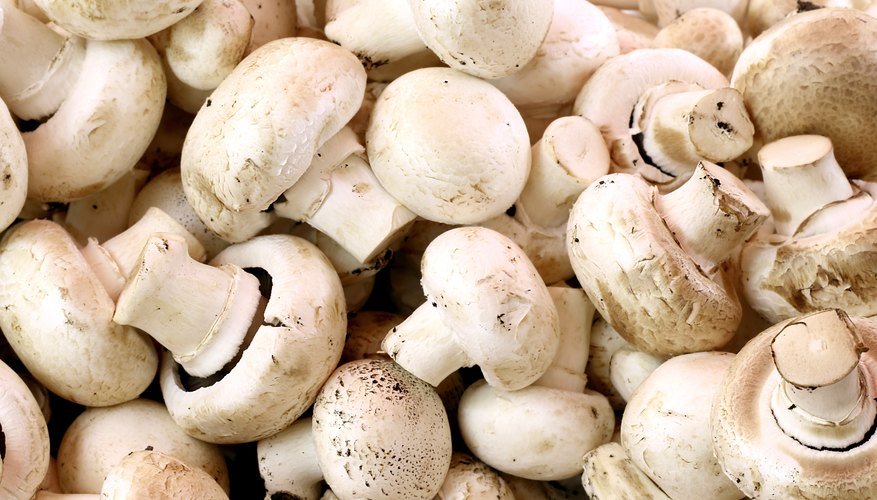
The classic white mushroom that we have all eaten and that reminds us of the Smurf village… This mushroom can be grown either in the ground or in bags. The substrate for this mushroom comes ready-made in plastic bags with the seed inside, and in a separate bag is the material with which to cover the surface of the substrate. The substrate is essentially the food for the mushroom while the material for the surface of the substrate is peat and chalk to help retain moisture and support the mushroom to grow. In 3-4 weeks the “white mould” will appear on the surface and then we place the peat and chalk over the entire surface and to the same thickness. Once in place, we water (spraying is the most appropriate way) and also throughout the growing season to keep it fresh.
To avoid, as far as possible, problems and uninvited visitors, we can cover the crop with a screen or, before laying the rootstocks, whitewash the area with lime and copper sulphate powder.
The mushrooms appear from the 5th week onwards and this appearance is repeated for 15 weeks by 10-20 days.
We cut them by “twisting” them but without the white umbrella having opened and keep them in our fridge for 1 week within which we have to cook and eat them or make a nice snack for our wine or give them as a gift or whatever we want.
In the soil, now, it is best not to take the substrate out of the bags but in this case we have to keep the atmosphere moist so around and around the crop, we make a groove and put water in it and so by evaporation of the water we will achieve what we want. We water often and with small amounts but during the period when the heads ( white pins) are forming, a little more water is needed. We cut them again at the same stage and in the same way as before.
The well-known oyster mushroom Pleurotus ostreatus
Figure 3. Growing mushrooms in bags
The oyster mushroom can be grown on a substrate or on a tree trunk (commercially available ready-made, i.e. inoculated with seed). Suitable wood for cultivation is poplar, chestnut, mulberry, beech, etc. Our wood should be up to 20 cm in diameter and up to 30 cm in length, and be careful: it must not dry out! The seed is placed in holes drilled in the wood and then we cover them with a piece of the bark of the tree and apply wax. Suitable periods are early spring and autumn. Dig a pit (depending on the size of the wood) and leave it open for a few days before putting your wood in. At the bottom of the pit we form a thin layer of seeds and then place the log or logs perpendicular to the soil surface. We cover the surface of the wood that sticks out with seed as well and put slices of wood on top. Around the perimeter of the pit and at a distance of half a metre, we make a furrow to avoid otherwise delicious snails and also to enhance moisture.
Pleurotus can also be grown with a straw substrate. This substrate is heat-treated with steam and consists of straw and seeds. Of course, it is possible to make this substrate yourself, but is there any point in going to the trouble?
Note: Mushrooms are no easy task. Don’t be disappointed.
Raising snails in the city
Sophia and Elias don’t like to eat snails. On the other hand, Sofia’s friend Kantharo loves to eat them.
Those of you who have a flower garden will surely have seen snails. So, if you like them you can pick them up with a spade along with soil and flowers and put them in a plastic aquarium. You will add sandy soil, which is most suitable, until the roots of the plants are covered, thus enabling the snails to breed. Spray the soil with water providing the appropriate moisture and put your snails in. Their needs are a lettuce leaf and spray water regularly to keep the plants from drying out.
All of the above can be done in the spring when the snails appear.
Build a chicken coop in your yard or on your rooftop
Figure 4. Wooden construction for a chicken coop at home
To build a chicken coop and raise chickens in the city you don’t need a lot of money, you don’t need a lot of space! We buy wooden structures, we buy chickens that lay eggs and soon we have fresh eggs on our plate!
Vegetable garden on the rooftop
Picture 5. Vegetable garden on a roof in Ampelokipi, Athens, Greece
A rooftop vegetable garden is a garden that works just like an in-ground garden, the only difference is that on the roof the plants get full sunshine, lots of wind, lots of rain and lots of heat in the summer! And we want our plants to not only thrive but to give us fruit, so we need to give them the best we can.
For a start, the soil substrate, which is not soil, must enable the plants to develop a good root system to meet their physical, chemical and biological needs. Therefore, it must have a specific pH ( depending on what we want to plant), be stable, absorb water, allow aeration of the root system, drainage and not be compacted.
Use seedlings that you can find in nurseries or seedlings that you have prepared yourself in a seed tray.
Planting density (planting distances) depends on the type of plant and it is useful to obtain a ground cover, either from the plants or from some other material, to save water and avoid unwanted weeds.
In the early days of our vegetable garden we need to be particularly careful of our good pigeons lest they uproot our young plants, as they will be looking for food!
It is best to make combinations of plants and even with different heights, e.g., beans, melon, watermelon, pumpkin, cucumber, tomato, pepper, eggplant. Usually the plants that respond best to rooftop conditions are adapted to dry climates with a compact and robust shape.
If your rooftop is subject to strong winds, you should make sure to build a windbreak. The windbreak can be made with reeds, fences made of plastic, or by using durable plants.
Fertilize the plants exclusively with organic slow-release fertilizer and under no circumstances use chemical fertilizer in the vegetable garden located on a planted rooftop.
In general, you should pay attention to some basic points such as:
- Your vegetable garden should be located in the sunniest parts of the garden. This is not an issue for the rooftop.
- The length and width of the raised beds should be between 1 and 6 meters. Don’t forget in your calculations to leave space for paths between the raised beds.
- Watering should be done by hand or with drippers!
Examples of urban farming around the world
“Vertical farms”, Urban Harvest, Nairobi, Kenya
Figure 6. Vertical farms, Urban Harvest, Nairobi, Kenya
Gardens consisting of plants growing in soil-filled bags with holes in the sides. In Kinbera, Nairobi, more than 1.000 farmers, mostly women, use these gardens to feed their families and improve their incomes.
“Rubber gardens”, ECHO Farms, across sub-Saharan Africa
Figure 7. Gardens made from old car tyres, ECHO Farms, across sub-Saharan Africa
Old car tyres, cut in half, are transformed into lightweight and easily movable support mechanisms. Farmers use them to stabilize plant roots in gardens where there is not much soil.
Community production of briquettes from organic farming residues in Nairobi
Figure 8. Community production of briquettes from organic farming residues, Nairobi
The Nairobi youth group Soweto Youth in Action (SOYIA), in partnership with Urban Harvest and the Kenya Green Towns Partnership Association (Green Towns), developed an action research initiative for a briquette making activity for burning from municipal solid waste and crop residues, with the aim of creating jobs while reducing waste volumes.
An example from New York! Eagle Street Rooftop Farm
In Brooklyn, Eagle Street Rooftop Farms grows fresh produce for sale at local markets and restaurants on the roof of an old warehouse. Volunteers from the area can come on weekends to help and learn techniques for creating their own small urban gardens on window sills, fire exits and rooftops.
Urban farming in the Netherlands
The Dutch people’s awareness of environmental protection, conservation and protection of natural ecosystems and the need for a healthy lifestyle have led to a reorientation of public perception of the role of agriculture and are the driving force behind its development. The development of urban agriculture in the Netherlands is multi-faceted, with coordinated action aimed at local production and marketing of products in urban centres, agronomic and environmental education, reduction of carbon emissions and transport costs, enjoyment of the landscape, and the development of trusting links for quality fresh food of known origin.
In large cities such as Amsterdam, Rotterdam, Utrecht, Delft, The Hague and Maastricht, the obstacle of lack of open spaces for cultivation is offset by the use of parks, terraces and the establishment of small greenhouses. For example, supermarkets are producing vegetables on their rooftops in order to promote and sell the products to schools, companies and restaurants.
School units in cooperation with municipalities are turning parks into vegetable gardens. School canteens are equipped with the vegetables produced and students are provided with a fresh snack, while participating in the production process and learning to appreciate the value of the food they consume. In peri-urban areas such as Wageningen, the community allocates 100 square metres to each citizen for cultivation for a fee of 100 euros per year. Of course, since there are not enough plots for all citizens, those interested fill in their details on a form and a priority order is followed.
Alternatively, citizens pay a subscription of 75 euros per year to the farm of their choice and enjoy seasonal vegetables all year round. In addition to the fee paid, citizens can also volunteer to participate in farming activities such as sowing, watering, weeding or harvesting vegetables.
Regardless of the season and the type of plant, restaurants will be able to support and promote the most specific requirements of their customers. The Dutch business acumen and utilisation of hydroponic know-how will bring small hydroponic facilities within restaurants. Similar to the aquariums found in many Greek fish restaurants, in the Netherlands we will see small vertical greenhouses with red and blue led lights, reminiscent of spacecraft. For example, a small experimental hydroponic plant consists of 3 metal levels. Each level carries lighting that responds to different wavelengths and supports different stages of plant growth.
Urban agriculture in the Netherlands can and should be an example to follow, especially in countries like Greece, where most of the population is concentrated in large cities. People of all ages, regardless of their income, become equal, since they have free and direct access to the greatest good, the satisfaction of a significant part of their nutritional needs.
Dare urban farming!
Dare urban farming in the space available to you. You have nothing to lose. Only to gain!!
Article authors
Ilias Antonopoulos (MSc E-Business – Online Marketing) & Sofia Papazoglou (Agronomist – MSc Environmental Management)
Tags: BALCONY • BEES • CHICKENS COOP • CITY • SOFIA PAPAZOGLOU AGRONOMIST • TERRACE • URBAN CULTIVATION

